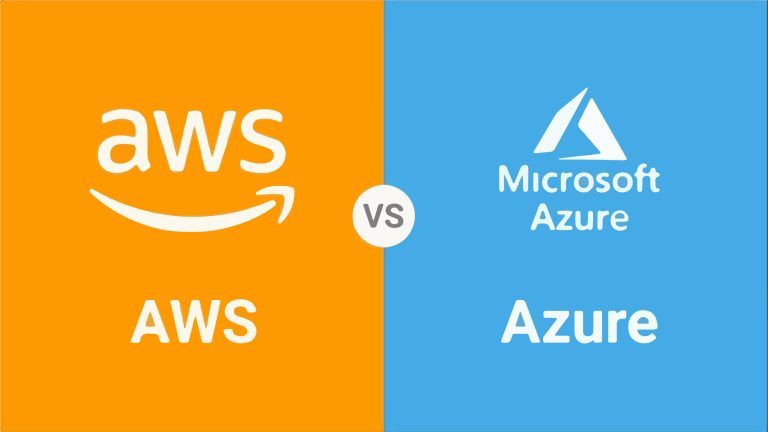Table of Contents
Master data migration in just 6 simple steps
Does your data migration strategy resemble a leap of faith? Are you hoping for the best and planning with a dose of guesswork? Most data migration projects overrun due to inaccurate scoping.
If you have ever climbed a mountain, you would agree that every mountain is different and no two migrations are alike.
This is essentially why it is important to start with a data migration strategy far enough in advance such that your enterprise does not get caught up midway through the project.
Why an effective data migration strategy is important?

The conventional wisdom is that if the data has successfully moved from a legacy environment to the target system without failure, then the migration is a success.
Truth is, unsuccessful migrations can happen even when data is adequate and fully usable.
They can result in inaccurate data that contains redundancies.
A sound data migration strategy prevents an inferior experience and teams need to give migrations their full attention.
A strategic data migration plan must include certain key considerations that are critical for its success.
- Knowing the data — Before migration, source data needs to undergo a complete audit. Unexpected issues can surface if this step is ignored.
- Data clean-up — Once you identify any issues in your source data, they must be resolved. This step may require additional software tools or third-party resources due to the scale of work.
- Data protection and maintenance — Data undergoes degradation after a period of time, making it unreliable. This means there must be checks in place to maintain data quality.
- Data governance — Maintaining data quality is important because it enables a better understanding of data integrity. The processes and tools used to produce this information should be usable and automated wherever possible.
In addition to this, a data migration plan should include a process for bringing the right software and tools for the project.
Types of data migration strategies
There is more than one way to build a successful data migration strategy. An organization’s unique business needs and requirements will help establish what is most appropriate.
Big Bang Migration
In a big bang data migration, the full transfer is completed in a short window of time.
Live systems experience a downtime while data goes through ETL processing and transitions to the new database.
The only drawback of this model is that it all happens in one time-boxed event, requiring businesses to operate with one of its resources offline.
The result could be a compromised implementation.
Trickle Migration
Trickle migrations, on the other hand, complete the migration process in phases.
During implementation, the old and new system run parallelly, which eliminates any downtime or operational interruptions.
Compared to the big bang approach, this implementation can be complex in design.
If done right, usually reduces risks, rather than adding them.
6 Key steps in a data migration strategy

1. Explore and assess the source
If an organization skips the source review, the result could be wasted time and resources on migration.
Worse, the organization could run into a critical flaw in data mapping that halts any progress in its tracks.
2. Define and design the migration
The design phase is where organizations identify the type of migration to take on — big bang or trickle.
Considering the design, the data to be pulled over, and the target system, you can begin to define timelines and discuss any concerns.
By the end of this step, the whole project should be documented.
3. Build the migration solution
A common practice is to break the data into subsets and build one category at a time, followed by a test.
If an organization is working on an especially large migration, it might make sense to build and test in parallel.
4. Conduct a live test
The testing process is not over after testing the code during the building phase.
It’s important to test the data migration design with real data to ensure the accuracy of the implementation and completeness of the application.
5. Flipping the switch
After final testing, implementation can proceed using the style defined in the plan.
6. Audit
Once the implementation is live, set up a system to audit the data to ensure the accuracy of the migration.
Best practices for data migration

Regardless of which migration method you follow, there are some best practices to keep in mind.
Back up: Make sure there are backup resources and that they’ve been tested before you proceed.
Strategy: The migration process can be complex, so prepare a strategy for that it and stick to the plan.
Test: During the planning and design phases, and throughout implementation and maintenance, test the data migration to make sure you achieve the desired outcome.
Getting started with data migration

1. Focus on the critical business processes and files that need to be migrated and supported.
2. Record your results and findings, feed these into further planning, design and build phases.
3. Create a shared repository so information is freely available and shared.
4. Communicate, challenge and verify. If there is an assumption, validate it and share the results. Even document it.
These steps will help ease the way for anyone overlooking data migration in their enterprise.
You can now also talk to our data migration experts for a free consultation.
[mailerlite_form form_id=1]

















